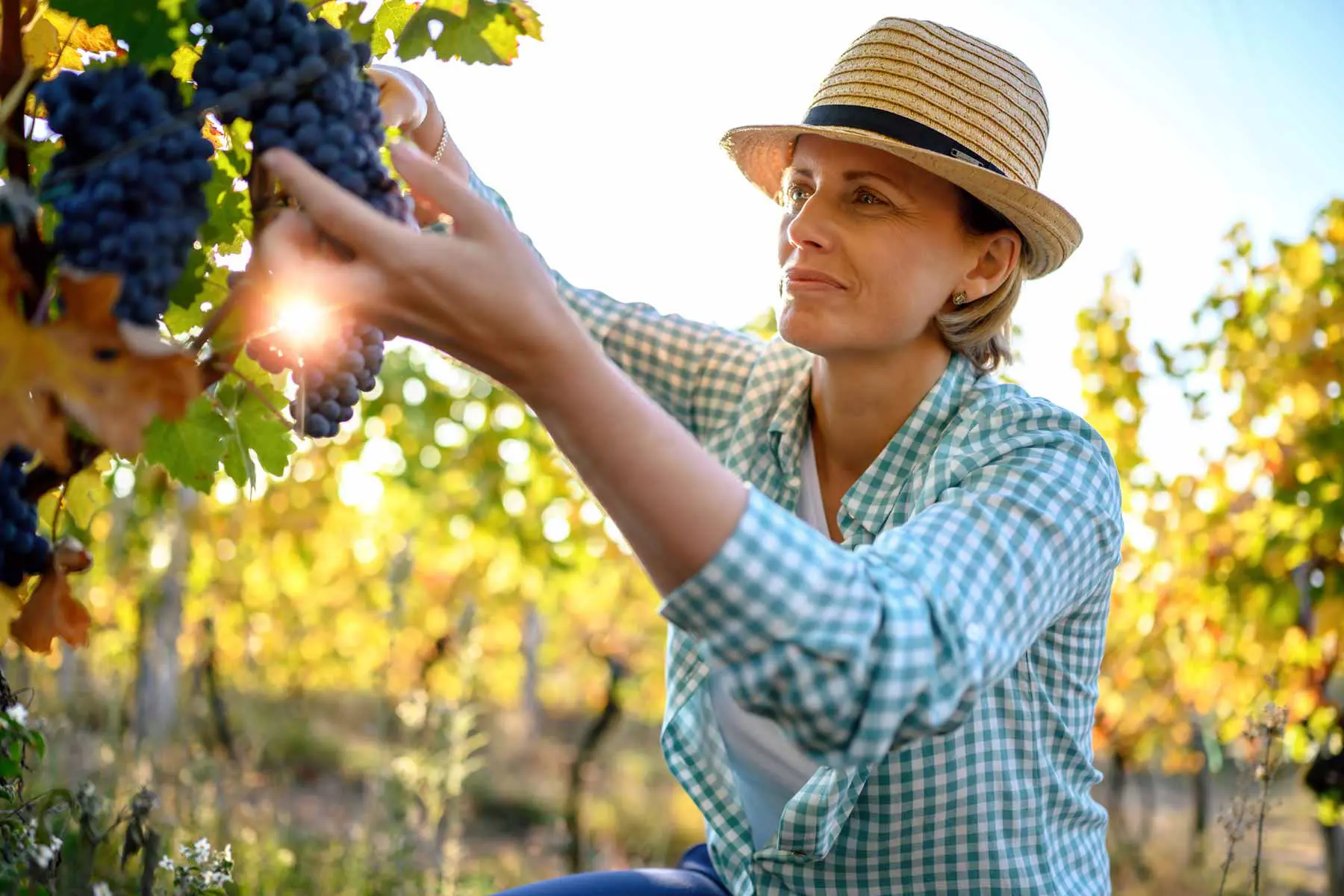Wildfires, Vineyards, and Wine
Wildfires, Vineyards, and Wine
Introduction
There was a time when human-driven climate change was a topic discussed only among academics. Later, governments began addressing it at an international level, though often with little more than a “good to have” approach rather than decisive action. In recent years—particularly after the U.S. presidential elections—we have even seen the issue pushed aside.
But ignoring it does not make it disappear. We are now confronted with problems we had never experienced before. Unexpected turbulence during flights has already claimed lives among passengers. Hurricanes are becoming more frequent. And over the past few years, wildfires have grown to such proportions that they have become extremely difficult to contain.
From our own perspective, we look at the relationship between wildfires, viticulture, and winemaking. This article is organized into sections on direct impacts, indirect impacts, and solutions. From time to time you will find technical explanations—don’t let them intimidate you, but keep them in mind. We also include summaries of research and institutions working on ways to mitigate the challenges we will face in the years ahead.

Conditions Behind the Rise of Wildfires and Their Direct Impact on Vineyards
The surge in wildfires is driven by both global and local factors. Rising summer temperatures, prolonged droughts, and lower humidity caused by climate change all increase fire risk. When human activity is added—such as farming practices, energy infrastructure, and tourism—the danger multiplies. Wind and extreme weather events then spread fires rapidly, worsening the damage.
These conditions affect not only forests but also vineyards. In areas directly hit by fire, vine trunks and leaves can burn, root systems may be damaged, and soils lose their moisture. It can take years for a vineyard to return to productivity. Ash covering the soil hinders photosynthesis, stressing the vines. Sometimes growers lose not just a season, but several years of harvest.
Indirect Impacts: Traces in Vineyards That Haven’t Burned
The effects of wildfires are not limited to vineyards touched by flames. Smoke and airborne particles carried by the wind can leave their mark even kilometers away. This is where smoke taint becomes a critical issue.
Grape skins absorb phenolic compounds from wildfire smoke. These remain in the grapes in glycosidic form, but during fermentation they are released, imparting unwanted aromas of ash, charred wood, or burnt residue. The impact is especially strong in red wines due to extended skin contact.
Even vineyards untouched by flames but exposed to smoke see slowed photosynthesis and vines producing stress hormones. This alters phenolic composition and acidity, resulting in lower yields, unbalanced fruit, and wines whose marketability is uncertain. The massive financial losses suffered by producers in California, Australia, Chile, and South Africa after recent wildfires are clear examples.
Measures Taken by Growers and Producers
At the vineyard level:
- Creating buffer zones between forests and vineyards.
- Preserving soil moisture through irrigation and mulching—mulch meaning covering the soil with organic matter such as straw, grape pomace, or wood shavings, or with inorganic materials like stone or protective sheeting.
- Research into fire-resistant varieties and pruning techniques to protect vines.
- Canopy management to shield grapes from direct smoke—traditionally used (for example with Boğazkere grapes) to protect clusters from sunburn, but now adapted for fire protection as well.
At the winery level:
- Microvinification trials: Grapes are vinified in small batches to measure smoke impact, helping producers decide which parcels are suitable for wine.
- Vinification techniques: Methods that limit skin contact are preferred. Carbonic maceration or even white vinification of red grapes can result in “cleaner” wines.
- Filtration and technology: Active carbon, reverse osmosis, and advanced filtration techniques are used to reduce smoke-related phenolic compounds.
- Marketing approaches: Some producers experiment with defining “smoke-affected wines” as a separate style. While seen as bold innovation by some, others argue it risks undermining wine’s identity.
Research efforts:
Institutions such as CSIRO in Australia, UC Davis in California, and Stellenbosch University in South Africa are conducting extensive research on smoke taint. Their findings show that phenolic compounds bound in grapes are released during fermentation, meaning early sensory analysis can be misleading. They also highlight which grape varieties are more sensitive to smoke exposure.
Looking Ahead
With climate change, wildfires are expected to become more frequent and intense. This reality directly affects the future of viticulture and winemaking. Adaptation strategies by growers and producers are unavoidable. Yet this is not only an agricultural or technological issue—it is also one of consumer awareness.
Every glass reminds us of nature’s fragility. The marks left by fires can carry into the color, aroma, and taste of wine. Reducing these effects will depend not only on growers’ efforts, but also on solidarity among producers and conscious choices by consumers.
If wine is a mirror of soil, vineyard, and nature, then we must also learn to face that mirror in the shadow of wildfires.

Katerina Monroe
@katerinam • More Posts by Katerina
Congratulations on the award, it's well deserved! You guys definitely know what you're doing. Looking forward to my next visit to the winery!





















